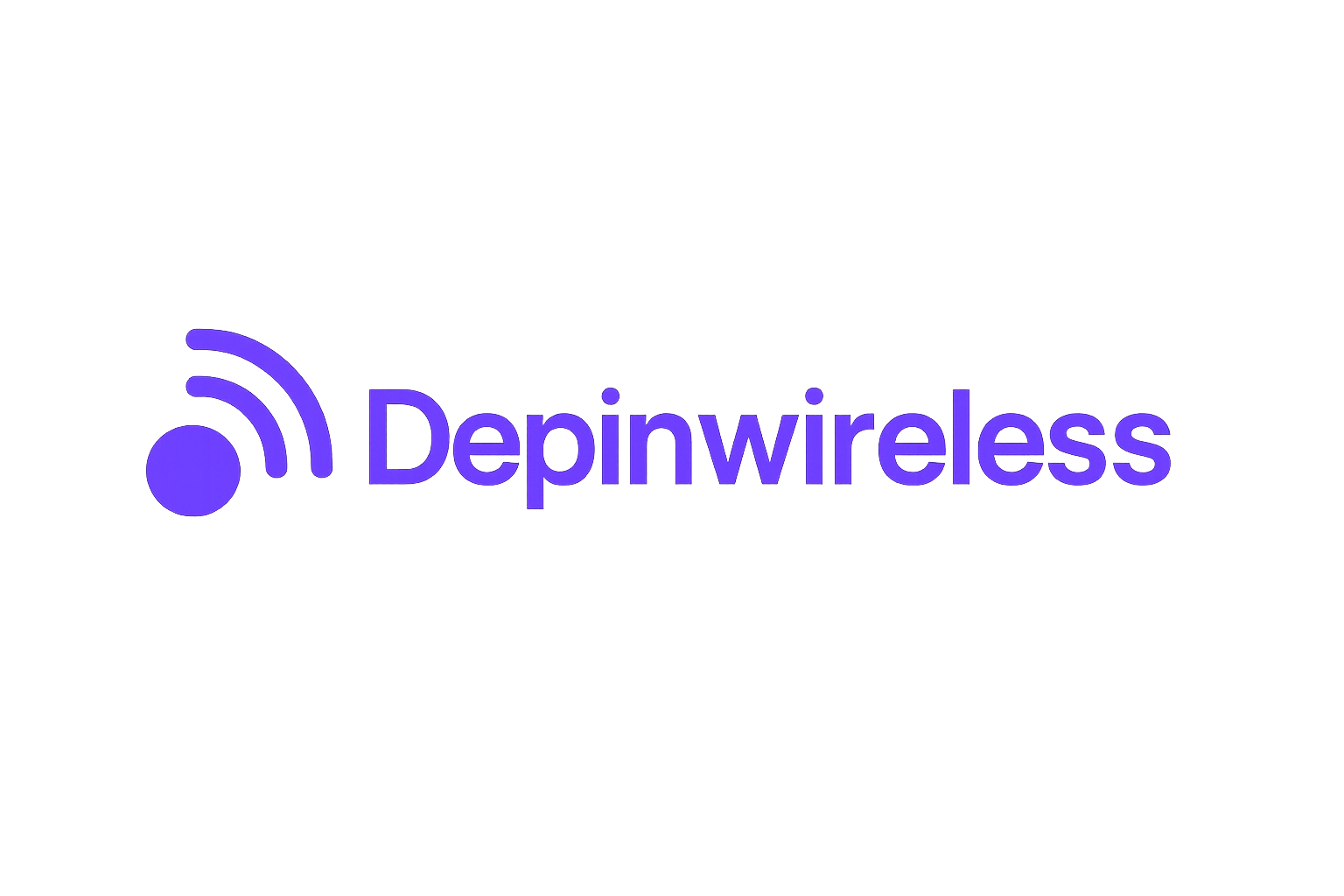
Helium’s recent shift to daily HNT buybacks and burns is rewriting the economic playbook for decentralized 5G. With over 500,000 registered Helium Mobile users and a network now serving more than 1.2 million daily connections, the protocol’s approach to tokenomics is under intense scrutiny from both investors and wireless infrastructure builders. The latest market price for Helium (HNT) stands at $2.18, reflecting a 24-hour change of -3.54%. This price level is not just a number, it’s the product of a deliberate strategy designed to balance growth, user incentives, and long-term value accrual.
How Helium’s Buyback-and-Burn Engine Works
The heart of Helium’s economic model lies in its daily conversion of user revenue into HNT buybacks and subsequent burns. Every dollar paid by a Helium Mobile subscriber is algorithmically routed to purchase HNT on the open market, primarily via the Jupiter exchange using a dollar-cost averaging (DCA) mechanism. These tokens are then burned to mint Data Credits (DCs), which power all network activity, from device authentication to data transmission.
This system creates an automatic, transparent link between real-world usage and token demand. Unlike legacy telecoms where revenue accrues to centralized entities, here 100% of mobile revenue flows directly into HNT buybacks and burns. The result? A continuous reduction in circulating supply, with deflationary pressure now exceeding new emissions since late September 2025.
“This isn’t just another crypto burn gimmick, it’s a robust feedback loop where network utility directly drives token scarcity. ”
The Impact on Supply Dynamics: Net Deflation Arrives
For years, critics questioned whether DePIN protocols could truly align token value with real-world adoption. Helium’s latest supply data provides an emphatic answer: as of Q4 2025, network revenue burns now outpace daily emissions, pushing HNT into net deflation territory. This marks a turning point for decentralized wireless tokenomics.
- $2.3 million/month in off-chain revenues are converted to HNT and burned via Data Credits at $0.00001 per DC.
- This burn rate removes more tokens from circulation than are created via mining rewards or emissions.
- The open-market buyback approach preserves treasury reserves while enhancing liquidity and transparency.
This dynamic has profound implications for both existing holders and future network participants. As available HNT becomes scarcer, upward price pressure intensifies, provided that user growth continues apace.
User Growth Fuels Token Scarcity: The Network Effect in Action
The deflationary mechanics only matter if there is sustained demand for network services, something Helium has delivered in spades over recent quarters. With over 113,891 community-operated hotspots supporting more than 1.2 million daily users, the decentralized model is proving its scalability against entrenched telecom incumbents.
This surge in adoption means:
- A larger share of global wireless traffic now rides on community-owned infrastructure.
- Every new user translates into incremental demand for Data Credits, and thus incremental HNT burned.
- The alignment between protocol economics and real-world utility grows stronger as usage scales up.
If current trends persist, analysts are beginning to model scenarios where annualized burn rates could meaningfully reduce total supply within the next several years, even as new use cases like IoT connectivity come online alongside mobile service expansion.
Helium (HNT) Price Prediction 2026-2031
Forecasts based on deflationary tokenomics, user growth, and current market trends. All prices in USD.
| Year | Minimum Price | Average Price | Maximum Price | Year-over-Year Change (Avg) | Market Scenario Insights |
|---|---|---|---|---|---|
| 2026 | $1.80 | $2.60 | $3.50 | +19% | Deflationary pressure from continued burns supports price stability despite potential market volatility. |
| 2027 | $2.00 | $3.10 | $4.40 | +19% | Expansion of Helium Mobile and increasing daily users drive demand; competition from other DePIN projects may cap upside. |
| 2028 | $2.30 | $3.65 | $5.20 | +18% | New use cases and partnerships could accelerate adoption; regulatory clarity improves institutional interest. |
| 2029 | $2.80 | $4.35 | $6.00 | +19% | Network effects become significant as decentralized 5G adoption grows; macro market cycles may temporarily impact price. |
| 2030 | $3.20 | $5.10 | $7.10 | +17% | Helium establishes itself as a leading DePIN player; ongoing token burns and reduced emissions heighten scarcity. |
| 2031 | $3.60 | $5.80 | $8.30 | +14% | Mature network with steady user base; technological advancements and further integration with IoT/5G sectors support valuation. |
Price Prediction Summary
Helium’s aggressive buyback and burn mechanisms, combined with rapid user growth and a shift to net deflationary tokenomics, present a strong long-term outlook for HNT. While short-term price fluctuations are likely due to broader crypto market cycles, the progressive reduction in supply and expanding real-world adoption underpin a gradual increase in HNT’s average price through 2031. Investors should remain mindful of competition in the DePIN space and regulatory developments, which could influence price trajectories both positively and negatively.
Key Factors Affecting Helium Price
- Net deflationary tokenomics due to daily buybacks and burns
- Rapid user growth and expanding real-world use cases (decentralized 5G, IoT)
- Market cycles and broader crypto sentiment
- Potential for regulatory clarity or new restrictions
- Competition from other decentralized infrastructure networks
- Technological advancements and integration with Solana ecosystem
- Macro-economic factors and institutional adoption
Disclaimer: Cryptocurrency price predictions are speculative and based on current market analysis.
Actual prices may vary significantly due to market volatility, regulatory changes, and other factors.
Always do your own research before making investment decisions.
What sets Helium apart is the hard-coded transparency and crypto-native alignment between network activity and token economics. Unlike traditional telcos, where revenue flows are opaque and shareholder-driven, Helium’s open-market buyback and burn process is fully auditable on-chain. Every HNT purchased and burned is traceable, enabling real-time analysis of how user growth translates into supply contraction.

This approach delivers a few critical advantages for decentralized 5G tokenomics:
- Predictable Scarcity: The more users join, the more HNT is algorithmically removed from circulation. This creates a self-reinforcing cycle that rewards early supporters as adoption accelerates.
- Liquidity Preservation: By sourcing HNT from open market buys (rather than depleting team reserves), Helium maintains treasury flexibility for future ecosystem investments.
- Market Signaling: Daily, automated buybacks provide tangible evidence of organic demand for the token, rather than speculative hype.
The result is a rare convergence: real-world wireless infrastructure growth directly drives digital asset scarcity. As network revenues scale with user adoption, so does the rate at which supply contracts, an economic flywheel that traditional telecoms cannot replicate.
Risks, Catalysts, and What Comes Next
No model is without its risks. If user growth stalls or ARPU (average revenue per user) declines, the deflationary engine could sputter. Likewise, if emissions outpace burns due to protocol changes or hotspot oversupply, net deflation could reverse. Vigilant governance and data-driven policy adjustments will be key to sustaining this delicate balance.
Yet the near-term catalysts are clear: as Helium Mobile expands coverage and launches new IoT verticals, every incremental dollar of real-world usage tightens supply further. The interplay between on-chain transparency and off-chain adoption offers investors unique metrics for monitoring protocol health, metrics unavailable in legacy wireless markets.
For those tracking decentralized wireless closely, Helium’s current trajectory provides a living case study in how blockchain can rewire telecom economics from first principles. With HNT priced at $2.18, all eyes are on whether sustained net deflation will translate into long-term value appreciation as network effects compound.
If you’re seeking deeper technical dives or want to explore how these mechanisms compare across DePIN projects, see our breakdowns on Helium’s burn model and network growth analytics.
The bottom line? Helium’s daily HNT buybacks and burns aren’t just shaping decentralized 5G economics, they’re setting a new precedent for community-owned infrastructure at global scale.





